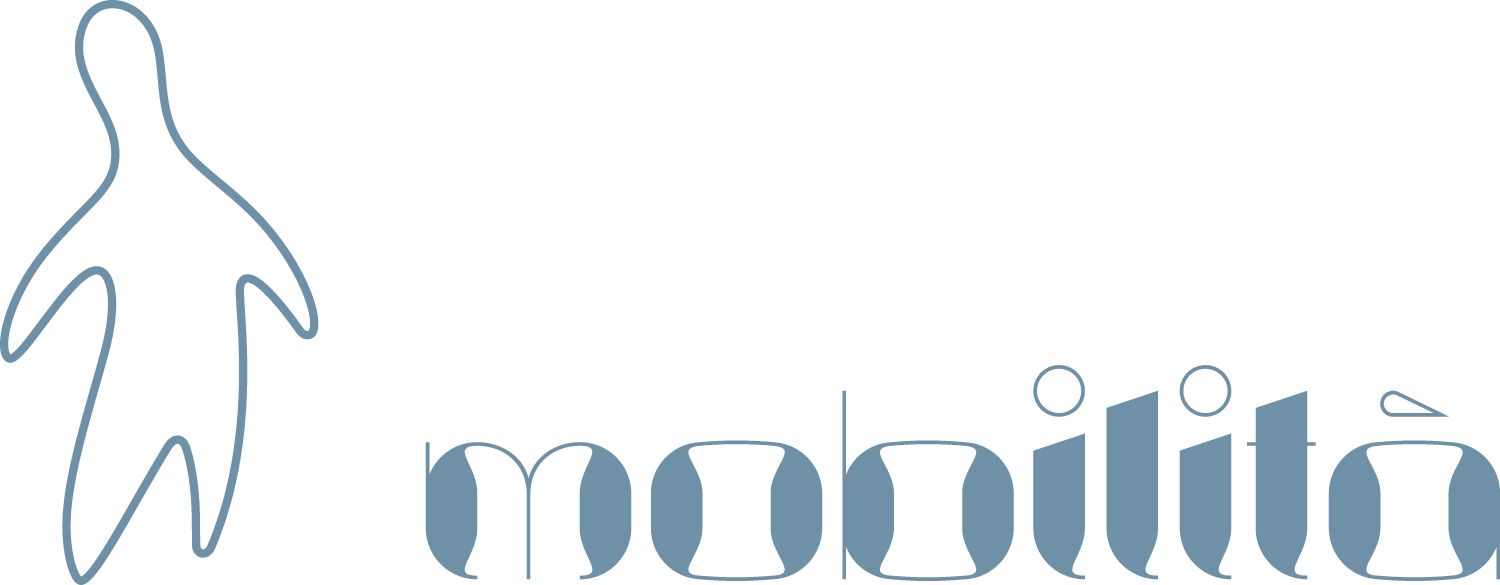The history of the Toddy dates all the way back to British-controlled India in the early 17th century. The Hindi word “taddy” meant “beverage made from fermented taddy palm sap” a drink that was served cold. By 1786 the British had changed the official meaning of taddy and defined it as “a beverage made of alcoholic liquor with hot water, sugar, and spices”. The British claimed it as their own and started serving it in pubs during the winter months using Scotch whisky, hot water and exotic spices from India.
At the time of the American revolutionary war in 1775 the Hot Toddy had reached North America. The soldiers exchanged the Scotch to rum and brandy and drank it before battle as a “liquid courage”.
Another story tells of a 19th-century Irish physician named Dr. Robert Bentley Todd who used to prescribe his patients a mix of brandy, cinnamon, sugar and hot water, making it a Toddy. An article in the Vermont paper the Burlington Free Press in 1837 about “How to Take Cold” made the Hot Toddy out to be a cure-all. The trick, the article stated, if your child begins to snuffle, has a feverish breath and you don’t want to call on a doctor, is to first feed it excessive amounts and then give it a Hot Toddy. These recommendations have changed a bit since.
THE DESIGNER
Dubbed by the press as “The Man Who Shaped America” and “The Father of Streamlining” Raymond Loewy was a French-born American industrial designer born in Paris in 1893. Loewy moved to New York in 1919 where he early on worked as an illustrator for Vogue and Harper’s Bazaar. During his career he made everything from streamlined locomotives, buses, cars, interiors for the Concorde and for the Apollo space mission to logos for Exxon, Shell, TWA, BP and more. The cup, Form 2000, Loewy designed in 1954 for Rosenthal.
HOT TODDY DAY, JANUARY 11
Celebrate the Hot Toddy Day with a cup of this magnificently warming drink and try it with your favorite barrel aged spirit. Be it rum, whisky, bourbon, brandy or cognac.



